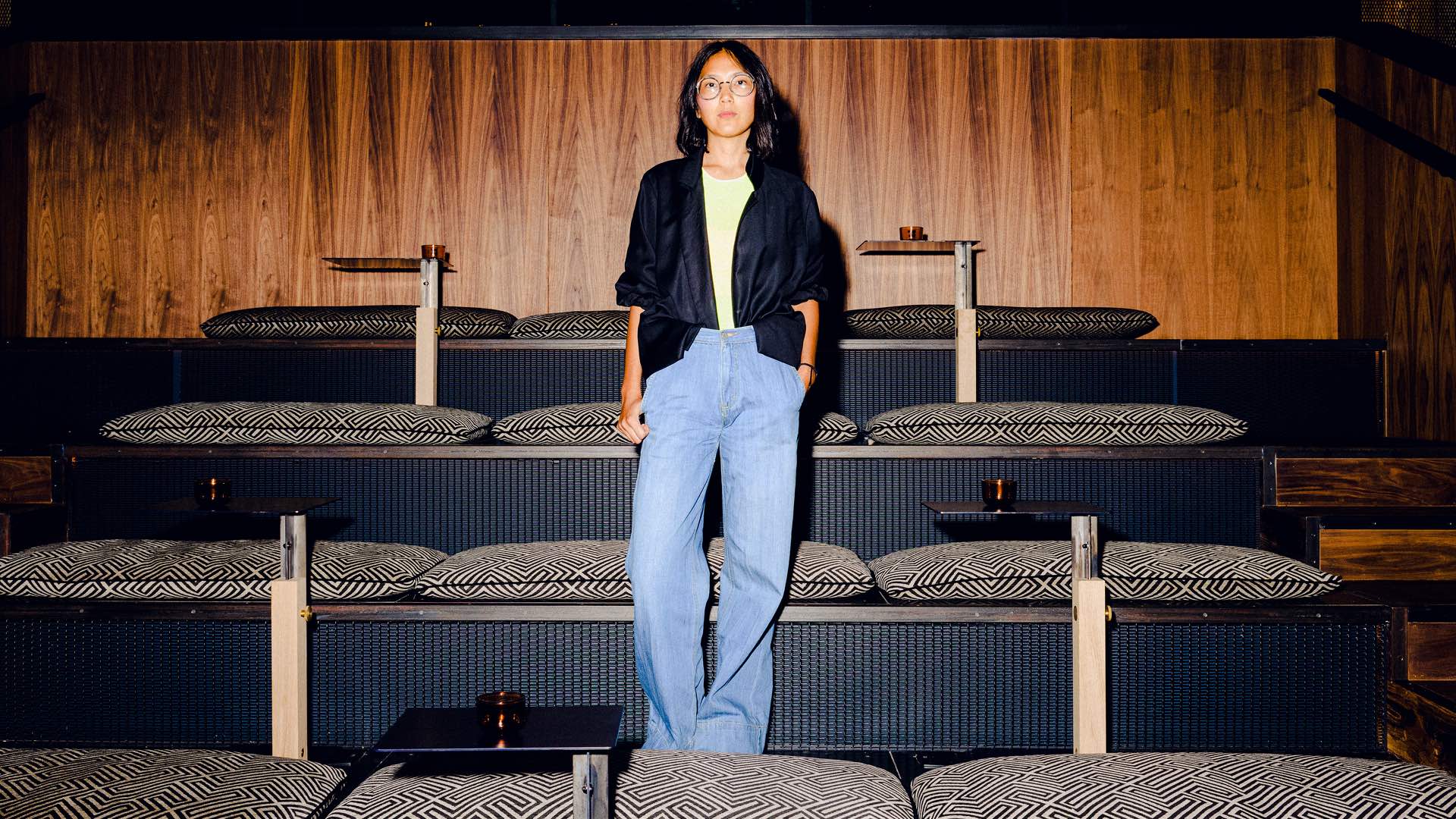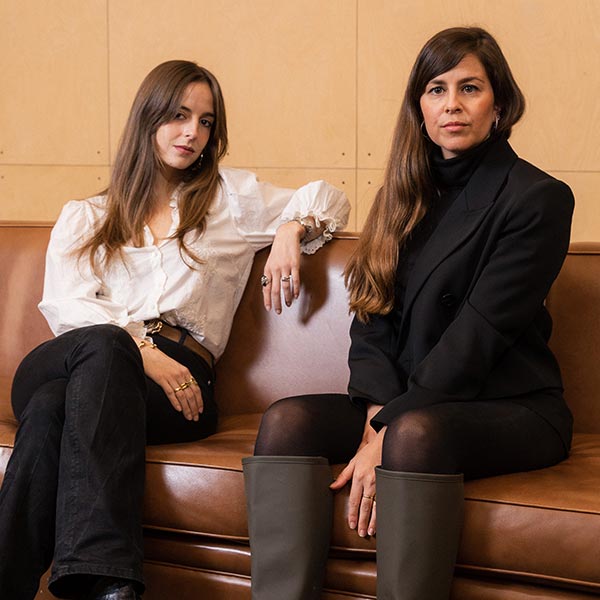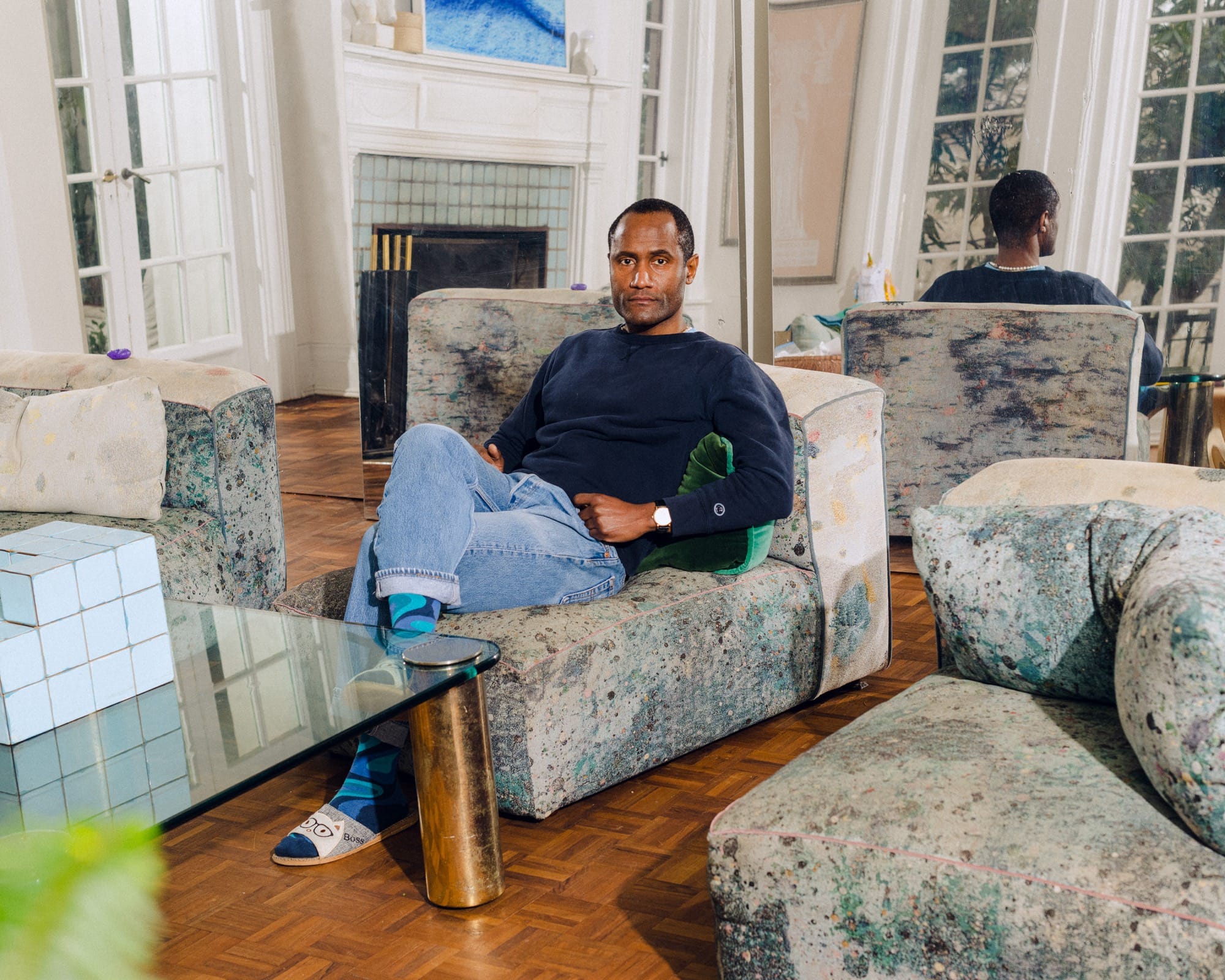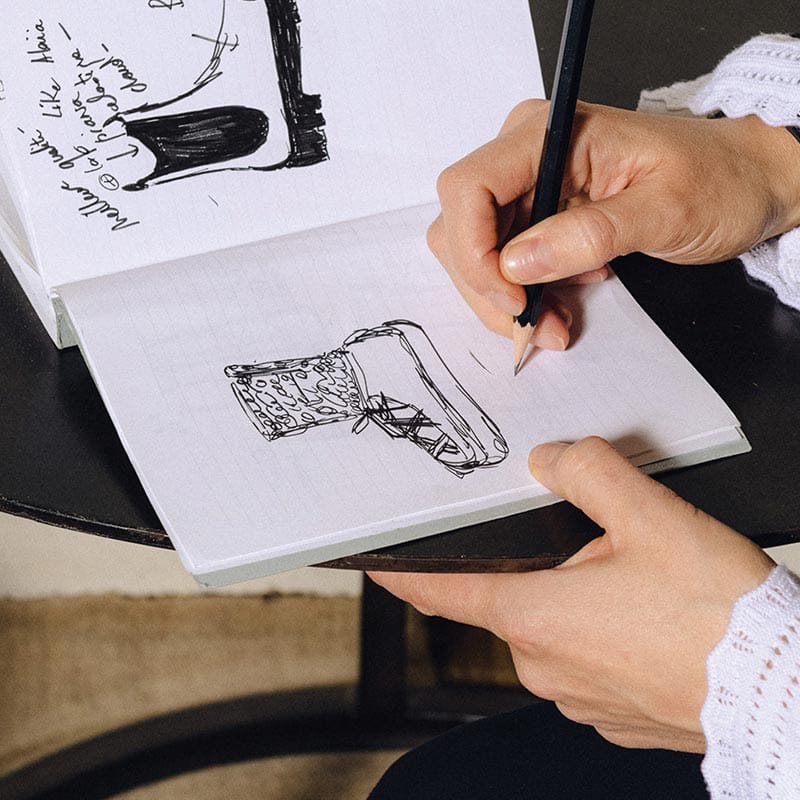Bettina Huang left the art world over a decade ago, thinking she’d never go back. “The strategy was so much about exclusivity and elitism. In contrast, I loved the idea of getting more people more access to everything.” Fifteen years later, along with the inimitable gallerist David Zwirner, Huang has co-founded Platform, a new digital destination for buying contemporary art. And while the pandemic may have accelerated its launch, the project and the mission behind it were marinating in Huang’s mind for years. We sat down with her to discuss the startup’s mission, what disruption means in the art world, and more.
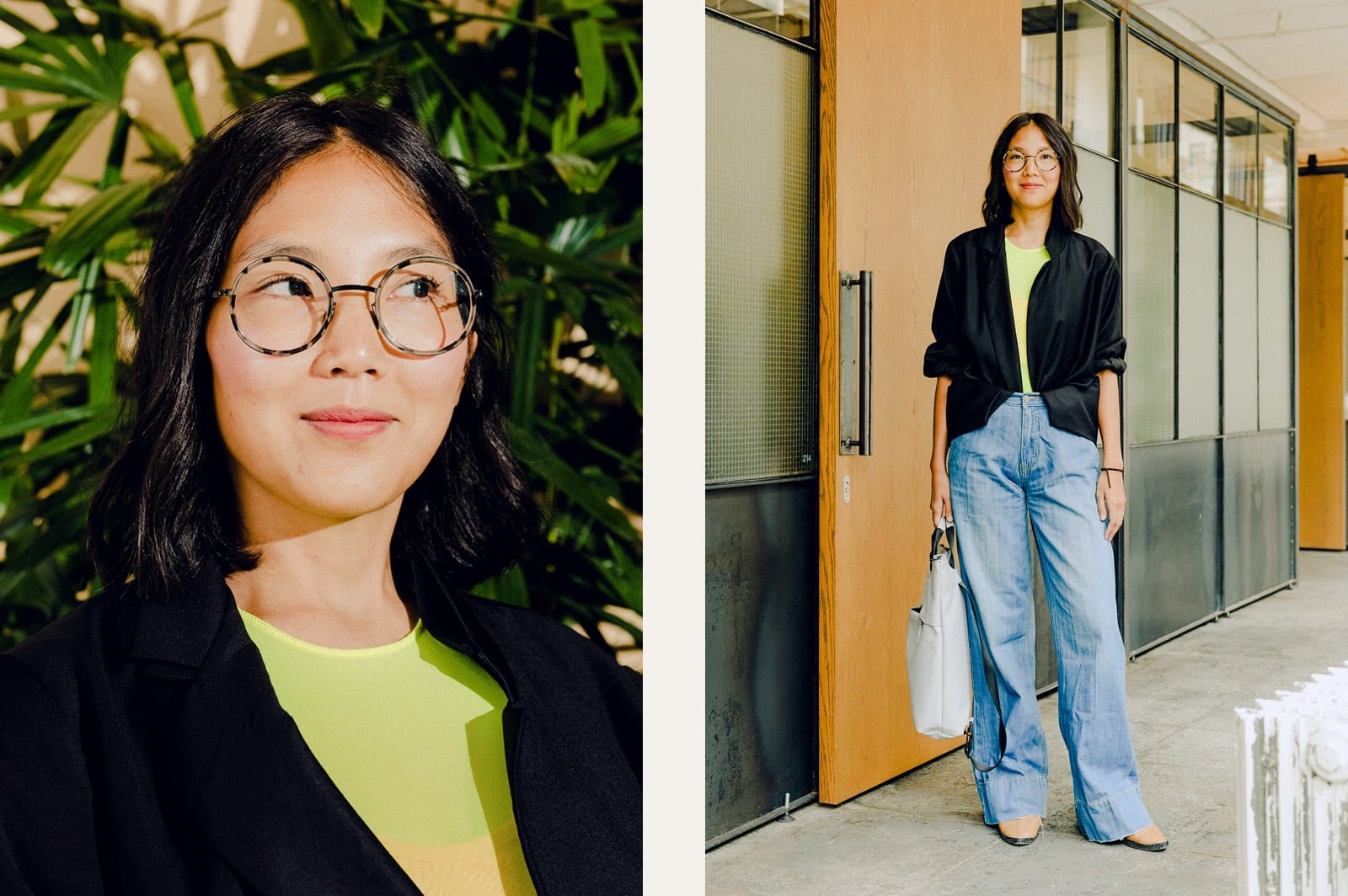
NEUEHOUSE
I’m curious where this all originated for you and how you set it in motion.
BETTINA HUANG
This is something that has been years in the making, no exaggeration. My first job was at Christie’s 15 years ago, and I left because I realized that the traditional art world didn’t care about innovation at all. But I did. So I went to business school, thinking I would never work in art again, and eventually, I joined the leadership team at Fab.com. I really liked that [through e-commerce] we were making design more accessible. We sold design objects and even things like vintage posters for thousands of dollars, and it got me thinking that this same audience would be interested in buying good art online, if only they were able to. So I let that idea marinate for a few years while I worked on other projects. Then about a year ago I spoke to David [Zwirner]. During the pandemic he had been working on some digital experiments with smaller galleries, trying to help them expand their audiences and make sales during this really hard time. Because those experiments were going so well, we both wanted to do the same thing, which was to build this marketplace that is now Platform.
NH
Now that it’s launched, what have you learned and how have you adjusted the course? Have there been surprises?
BH
One thing we didn’t necessarily expect was how well Platform would do appealing both to collectors and to this broader consumer that’s new to buying art. [These two groups] approach buying in very different ways. Collectors are used to buying as soon as something is made available. Whereas with e-commerce, people take time to consider a purchase before they come back and hit that button. The more traditional end of the art world isn’t that pragmatic. Sometimes they buy art and they just put it in a storage facility, and it can be giant because it doesn’t actually have to take up a lot of space in their homes. But people on Platform are buying to live with art so they gravitate toward works that are smaller and easier to ship and are framed — you can tell they are actually living with the art that they buy, which is great.
Another thing we’ve noticed is that people really respond to content that makes artists more human, that shows them in their everyday lives. I think usually people make artists into these heroic figures and really focus on their practice, but don’t humanize them. For example, we posted a video of one of our recent artists, Mie Yim, just dancing in her studio and going crazy, and it’s been our most liked piece of content. It also has helped people decide that they want to buy her work.
NH
We would imagine one of the biggest challenges for people would be the leap of buying a physical thing that they can only see on a screen first. How challenging has it been to bridge that gap of presenting physical objects in the digital space?
BH
It’s hard and it’s not. People are so used to shopping online, and the pandemic has only made that more true. [The bigger challenge has been] to get more people interested in buying art. Those “more people” have been excluded from the art world for so long that they don’t even think of art as something they could be buying. When they move into a home, most of them are not thinking, “I want to buy a really good piece of art.” It’s not on their checklist. That’s actually harder than getting them to buy online. But we knew that going in.
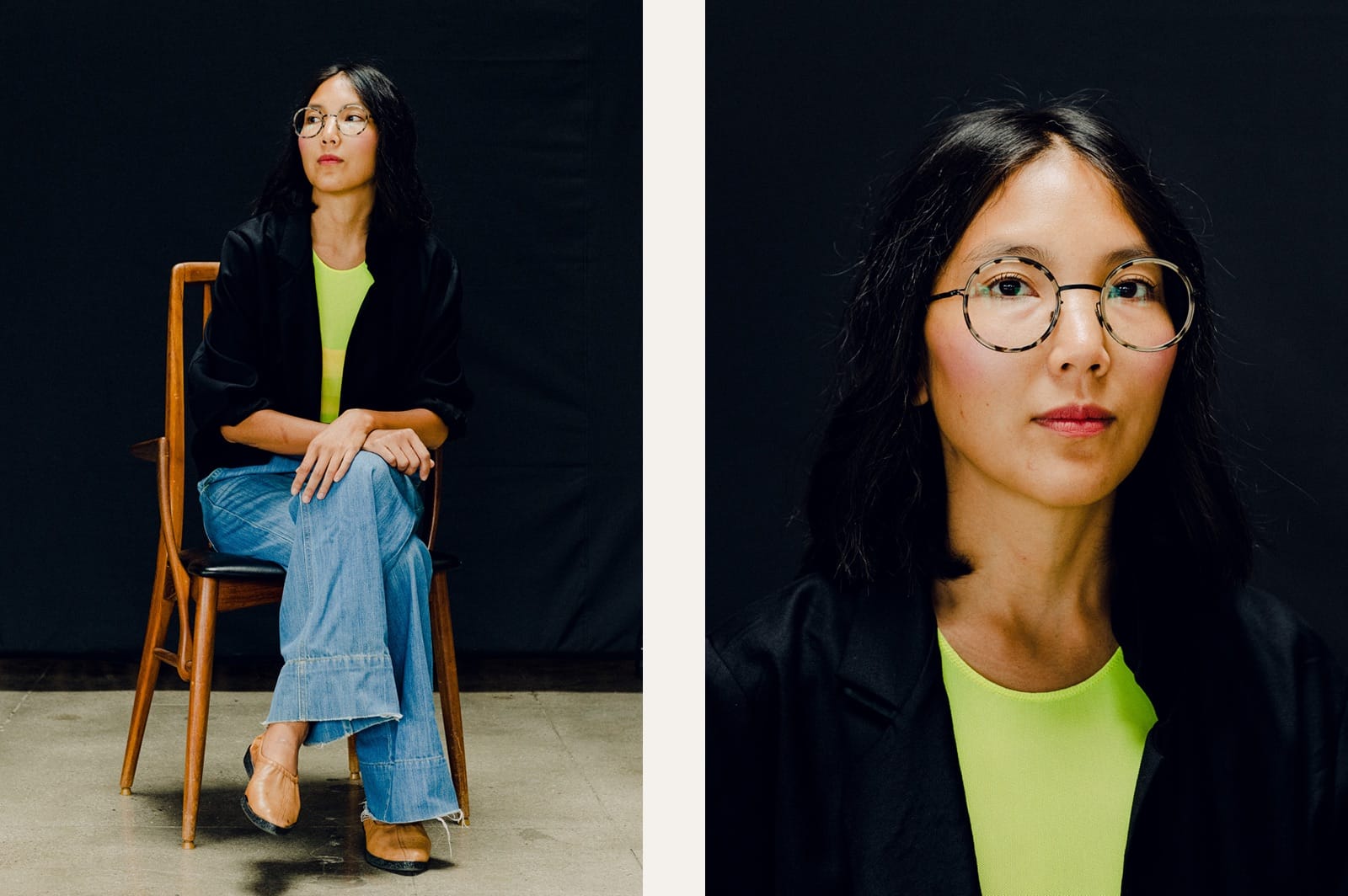
NH
Can you take us through and characterize how Platform has been received within the art world? Are people largely enthusiastic? Have you encountered any hostility at all?
BH
I’ll start by saying the art world is very aware of Platform, and it’s cool to have that awareness. And sometimes it’s great to have a skeptical perspective, too. There was a recent Artnet article that talked about the lack of innovation in the art world and it actually cited Platform, saying, “e-commerce, that’s how you buy toothpaste.” Which is, frankly, the point. The innovation with Platform is not with our technology, it’s the shift in attitude. We’re creating an experience that is open and nonjudgmental and as easy as buying toothpaste, but more beautiful and suited for art.
The art world is super traditional — it’s an industry that’s very old and that has been selling the same way the entire time. A lot of people really love the salesmanship of buying and selling of art, the social nature of it. So a lot of people are excited that we’re trying to get more people to buy art, to make it less exclusive, and to do all this online. And there are also a lot of skeptics. But so far it’s working. We have a good proposition: we keep the quality really high, so we are selling really good stuff to anybody. We’re also trying to help galleries, and help artists, and fortunately, the galleries have been very happy.
“The innovation with Platform is not with our technology, it’s the shift in attitude. We’re creating an experience that is open and nonjudgmental and as easy as buying toothpaste, but more beautiful and suited for art.”
NH
How do you identify galleries that you think are right for Platform?
BH
We invite galleries that have a history of being great advocates for and identifiers of talent. They find really cool artists and work with them to build their careers. When an artist is represented by a gallery that does a good job building that cultural capital, it reassures the customer that the artist they’re buying will actually have a career that grows. That’s a really important part of getting people to buy art, much less art online.
NH
Zwirner has been on the leading edge, with the offshoots like Zwirner Books, the podcast, producing their own original content, and now Platform, which it sounds like grew out of this pandemic-based initiative. Does it make sense to read between the lines there? What is Zwirner saying about the future of what an art gallery is?
BH
In the earlier days of e-commerce, people thought brick-and-mortar stores would disappear. But a few years later everyone realized that they should work in tandem. David Zwirner and I both really think that galleries and e-commerce sites — or whatever form the digital initiatives take — will work in tandem too, which I think is a really good thing. Art is one of the most human creations, and we should experience it as humans, in the real world. One thing that probably will happen is that the kinds of art that you see in galleries will evolve to be more of the kind of art that doesn’t work so well online. Maybe it’s more conceptual, maybe it’s more minimal, maybe it’s huge.
NH
Beyond the art world, how are you thinking about the next phase of gaining awareness among that audience you mentioned, that might not be following the art world super closely but is interested in buying art?
BH
Much more of our focus is going to be on this broader consumer and getting into conversations, whether through partnerships with companies in the design world or through media that reach the audience we are trying to reach. If you like the cool films that are on Mubi, you might also like art by independent, young artists who are being really creative. It’s a lot about making those connections psychologically with the consumer who is not thinking about art every day. We want them to start thinking about it.
NH
On a personal level, what is your day-to-day like right now? We can imagine there are so many different areas of focus, we’re curious how you’re structuring your time.
BH
Well, we start every day with a standup on Zoom, because I created this team in the pandemic and we’ve actually only worked together in person a handful of times, and it’s important for us to feel like we’re a team and we’re connected and we know each other. Then most of my day is spent brainstorming with and talking to all of the people who contribute to what makes Platform. After normal hours, I get to turn to work that is my own. Like figuring out what we’re going to do in the next six months to continue to keep things interesting and growing. If you like to think about lots of different things, there’s no better job than this.
